Generally, an eye stye, or also known as eye hordeolum or sty, is an eyelid infection that might result to a red and tender bump near your lid’s edge. Bacteria are the main reason behind the occurrence of the said infection. You might notice an eye sty at the base of your external hordeolum or eyelash or inside the small oil glands located inside your internal hordeolum or eyelid.
The following are the 7 things that you should know about eye stye:
1. When you have eye stye, there is a high possibility that you can experience other eye issues.
2. Once you have an eye sty, popping it will not ease the pain. Thus, it will just worsen it.
3. Most types of eye stye can be treated. They usually get rid of themselves.
4. An eye stye is a transmittable eye issue. So, if a person has this eye infection, it is recommended to use glasses or stay at home.
5. The bacteria that cause eye stye is staphylococcal bacteria
6. If you have an eye stye, there is nothing for you to worry about its possibility to affect your eye vision.
7. Tenderness, pain, swelling, and redness of the eyes are the primary signs and symptoms of eye stye.
The following are the things that you should know more about the causes, symptoms, and treatments for this contagious eye infection.
Other Eye Problems Can Accompany Eye Stye
When a person has an eye sty, he or she might notice that the affected eye area is producing water more frequently. Aside from that, with an eye stye, it will also increase your sensitivity to light and feels like there is an object stocked inside your eye. These symptoms are known to be a “foreign body sensation.”
Restrict Popping an Eye Stye
Similar to pimples, it is recommended not to pop a stye. It is because it can cause a worse eye problem. Doctors recommend giving a stye enough time to pop on its own.
On the other hand, there are some types of eye styes. If one is formed inside the internal hordeolum or eyelid, it is not possible for them to break and treat on its own. It is because this kind of stye is not a normal one. It might require you to hire an ophthalmologist to open and drain it surgically.
If you are having stye more frequently, your ophthalmologist might recommend you some antibiotic ointment to avoid its recurrence. Most of them will recommend you to use pre-moistened eyelid cleaning pads that you can use in cleaning your eyelids regularly. Aside from that, it will also reduce your susceptibility to have blepharitis and styes.
Most Types of Styes can Heal on its Own
If you have an eye stye, you might consider applying a hot compress to the affected area for about 10 minutes to 15 minutes. You can do this thrice a day within a week or two. By doing this process, you can ensure that your eye stye will heal on its own. Aside from that, hot compress will also help you to ease the pain and give head to your stye, similar to pimples. In some cases, an eye stye can open, drain, as well as heal on its own without the need for different interventions.
Eye Stye is Transferrable
All of us have bacteria that can produce eye stye. It only means that all of us, in spite of age, have a high possibility of having an eye sty even though we don’t have contact with a person who had one.
But still, if you have an eye sty, it is not a good idea for you to let the bacteria inside the stye come out and contaminate another’s eye. This might give them a stye, and at the same time, develop other types of eye infection. To prevent the spread of bacteria that cause eye stye, make sure that your hands and eyes are clean. Aside from that, do not share towels, washcloths, bedsheets, or pillowcases with others.
Staphylococcal Bacteria – Eye Stye-Causing Bacteria
The said eye-stye causing bacteria can be found in a person’s nose, which can be easily transferred to your eyes when you rub your eyes after rubbing your nose.
Eye Stye Do not Cause Vision Issues
Your eye’s capability to have a clearer sight, either in the distance or near, will not be affected by an eye stye. Unless if you have other eye problems that can affect your vision.
Tenderness, Swelling, Redness, and Pain in the Eye
After you experience the mentioned symptoms of eye stye, you will now notice that a small pimple-like bump was developed inside or outside of your internal or external hordeolum. Frequently, these signs and symptoms come up with a swollen eye. There are some times that only the affected eye swells, but most of the time, both of the eyes swell.
Other Common Eyelid Bumps
Milia – also known as “oil seeds” or “milk spots.” These are tiny band white-colored cysts that usually develop beneath the eyelid’s outer layer and around the nose and the eyes. This bump usually appears when a dead skin cell does not fen off naturally, and the dirt is trapped inside the hair follicle or sweat gland. As a result, it will form a tiny and yellow or white-colored bump that is like a whitehead at first sight.
Xanthelasma – This condition of your skin can be described as a yellowish plaques or bumps that can be found around or under the skin of the eyelids. This skin condition is a result of the build-up of fats, such as cholesterols beneath the skin surface. Xanthelasma is a skin condition that does not cause cancer, but it can add up to your susceptibility to having cardiovascular disease. Thus, we recommend you to seek help from your doctor. This skin condition can be treated or removed surgically by both a dermatologist and an ophthalmologist.


